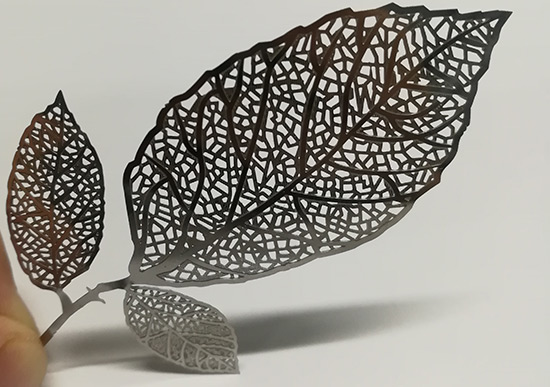 Which are the preferred metals for etching, when it comes to the design, development and production of etched components? In this article, we will have a look at the preferred metals used in the precision etching process.
Which are the preferred metals for etching, when it comes to the design, development and production of etched components? In this article, we will have a look at the preferred metals used in the precision etching process.COPPER ETCHING
Copper is used across many industries such as aerospace, automotive, electronics and transportation. In the electronics industry, copper is employed to make a number of different components.
The reason why copper is so widely used isn’t simply the result of its phenomenal thermal and electrical conductivity, or its ability to weaken magnetic and electrical waves. There’s a lot more to it than that. Copper is strong, easily solderable, 100% recyclable, and resistant to corrosion, particularly when post-plated or coated with a nickel flash underplate or silver plate overlay.
Copper is useful for:
Contacts, pins, connectors, and terminals
Lead frames
EMI/RFI shielding
Bus bars and fuse-links
BERYLLIUM COPPER ETCHING
Beryllium copper (BeCu) is the strongest copper alloy currently on the market, carrying anywhere between 0.5-3% beryllium. Known for its impressive electrical conductivity, corrosion resistance, and overall resilience, BeCu can be employed for a number of different electrical components.
BeCu is also aptly known as spring copper due to its remarkable pliability, which makes it incredibly convenient in the electronics industry. It can be easily stamped, formed, bent, and etched easier than many other metals. Very useful for a variety of complex and intricate shapes.
Beryllium copper is useful for:
Bus bars and fuse-links
Lead frames
All EMI/RFI shielding
BRASS ETCHING
Brass is mainly an alloy composed of copper and zinc but can also include lead, iron, aluminium, or silicon. Compositionally, brass carries varying percentage ratios of copper and zinc. The most common ratio is roughly 67% copper and 33% zinc but, again, this varies.
Even though brass is primarily known for its corrosion resistance, strength, and thermal and electrical conductivity, it’s also extremely malleable, making it perfect for forming and retaining a variety of different shapes.



 +8613538580966
+8613538580966

